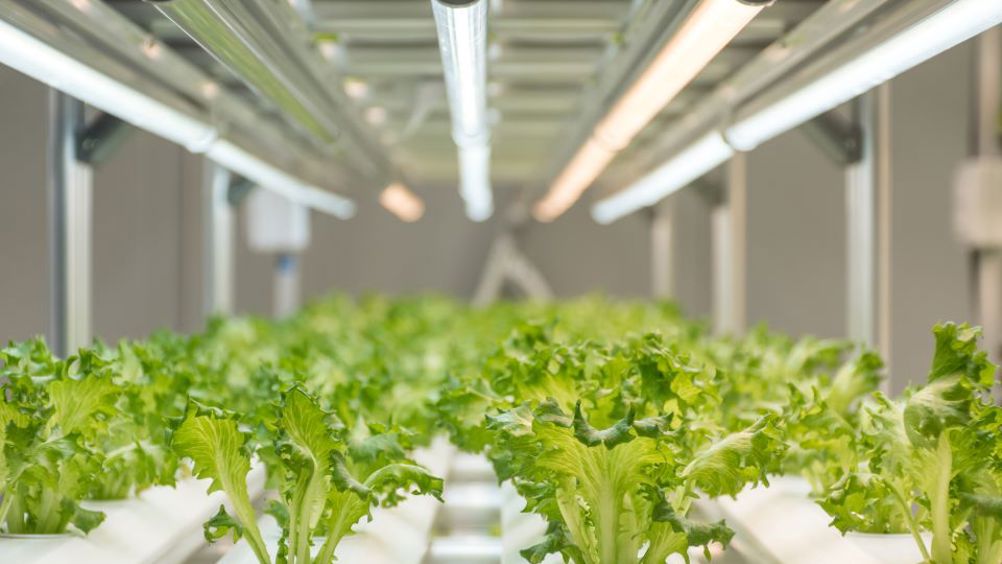The United Nations estimates that the world's population will grow to 9.7 billion people by 2050. This growth, combined with climate change and urbanisation, requires fixes for the flaws in the world’s current food production systems, the researchers said. Their findings are published in Nature Food.
Indoor farming methods, such as plant factories with artificial lighting, are less vulnerable to climate change, but are energy intensive and require careful resource management to be sustainable.
“Existing environmental control systems are not smart enough,” Fengqi You, professor in energy systems engineering at Cornell, said in a statement.
By using AI techniques like deep reinforcement learning and computational optimisation, the scientists analysed lettuce cultivated in indoor agriculture facilities within eight US locations – Los Angeles, Chicago, Miami, Seattle, Milwaukee, Phoenix, Fargo, and Ithaca – plus Reykjavík, Iceland and Dubai, United Arab Emirates.
AI reduced energy use by optimising lighting and climate regulation systems. Energy use dropped to 6.42 kilowatt hours per kilogram fresh weight (the energy needed or used to produce one kilogram of indoor-grown lettuce) from 9.5 kilowatt hours per kilogram fresh weight, in places that use non-AI technology. The researchers found that for warmer areas, such as Dubai or the southern US, AI reduced energy usage to 7.26 kilowatt hours per kilogram fresh weight, down from 10.5 kilowatt hours per kilogram fresh weight. Low ventilation during light periods (16 hours of simulated sunlight) and high ventilation during dark periods (eight hours that simulate night) is said to have provided an energy-efficient solution for optimal indoor carbon dioxide levels for photosynthesis, oxygen for respiration and plant growth, and balanced other ventilation requirements.
“This is a very similar concept to smart homes,” said You. “We want to be comfortable at home while reducing energy use; so do crops. This work focuses on a smart system to make food production optimal, sustainable and lower the carbon footprint. That’s what AI does very well. We can save quite a bit if we use AI to optimise the artificial lighting and other energy systems carefully.”











Emergency law passed to protect UK steelmaking
<b>(:-))</b> Gareth Stace as director general of trade body UK Steel, is obviously an expert on blast furnace technology & operation. Gareth...